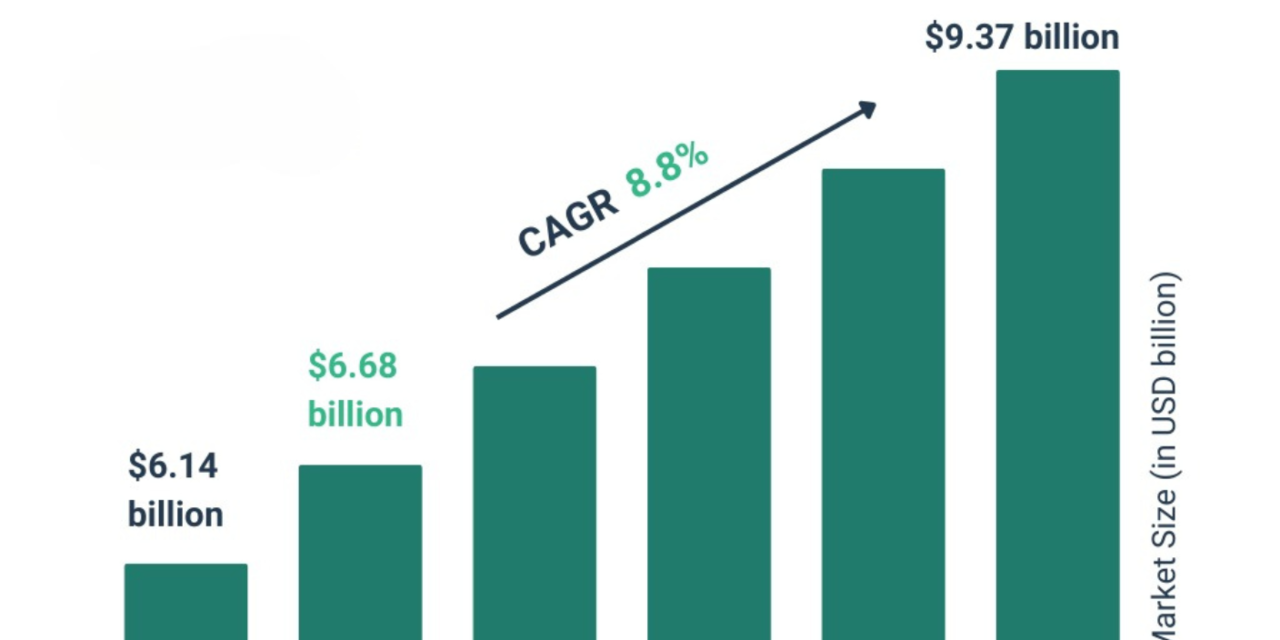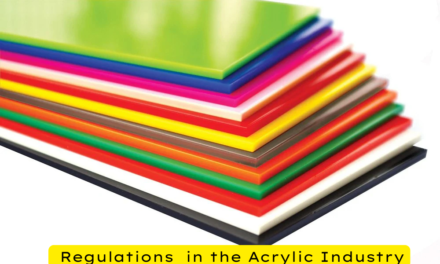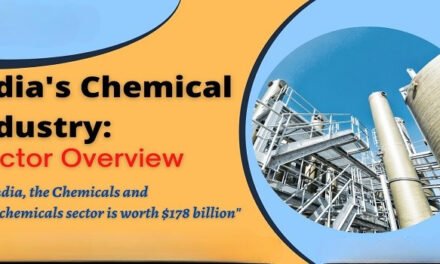The explosives and propellants industry is regulated globally through a framework of national and international laws, standards, and guidelines to ensure safety, security, and environmental compliance. These regulations address every stage of the lifecycle of explosives and propellants, including their production, storage, transportation, handling, and disposal. Below is an overview of how the industry is regulated globally:
1. Key Areas of Regulation
- Safety:
- Prevent accidents during manufacturing, storage, transportation, and use.
- Security:
- Prevent unauthorized access, theft, or misuse of explosives.
- Environmental Impact:
- Minimize emissions, contamination, and waste from production and use.
- Transportation:
- Ensure safe and compliant movement of explosives and propellants.
- Quality Standards:
- Maintain consistency and reliability in the performance of these materials.
2. Global Regulatory Bodies and Standards
United Nations (UN)
- UN Model Regulations on the Transport of Dangerous Goods:
- Sets global standards for the safe transportation of explosives and propellants.
- Includes classification, labeling, and packaging requirements.
- UN Globally Harmonized System of Classification and Labeling of Chemicals (GHS):
- Provides guidelines for hazard communication, labeling, and safety data sheets.
International Civil Aviation Organization (ICAO)
- Technical Instructions for the Safe Transport of Dangerous Goods by Air:
- Regulates the air transport of explosives, propellants, and other hazardous materials.
International Maritime Organization (IMO)
- International Maritime Dangerous Goods (IMDG) Code:
- Governs the transportation of explosives and propellants by sea.
North Atlantic Treaty Organization (NATO)
- Standards for Military Explosives and Propellants:
- Sets interoperability and safety standards for defense-related explosives among member countries.
International Organization for Standardization (ISO)
- Develops standards for testing, performance, and environmental management of explosives and propellants.
- Example: ISO 25947 for fireworks and pyrotechnics.
3. Regional and National Regulations
United States
- Occupational Safety and Health Administration (OSHA):
- Regulates workplace safety in explosive manufacturing and handling.
- Bureau of Alcohol, Tobacco, Firearms and Explosives (ATF):
- Enforces licensing, storage, and security requirements for explosives.
- Department of Transportation (DOT):
- Oversees the transportation of explosives under the Hazardous Materials Regulations (HMR).
- Environmental Protection Agency (EPA):
- Regulates environmental impacts, including waste disposal and emissions.
European Union (EU)
- REACH (Registration, Evaluation, Authorization, and Restriction of Chemicals):
- Ensures the safe use of chemicals, including explosives and propellants, within the EU.
- Directive 2014/28/EU:
- Sets standards for the placing of explosives on the market and their safe use.
- European Agreement Concerning the International Carriage of Dangerous Goods by Road (ADR):
- Regulates the transportation of explosives and propellants by road.
India
- Explosives Act, 1884:
- Governs the manufacture, storage, transport, and use of explosives.
- Petroleum and Explosives Safety Organization (PESO):
- The primary regulatory body for licensing and safety standards in the explosives industry.
China
- Regulations on Safety Management of Civil Explosives:
- Covers production, storage, transportation, and sale of explosives.
- Ministry of Emergency Management (MEM):
- Supervises safety protocols for industrial explosives.
Australia
- Australian Explosives Industry and Safety Group (AEISG):
- Provides guidelines for handling and storage.
- Work Health and Safety (WHS) Regulations:
- Ensures workplace safety for explosives and hazardous materials.
Russia
- Federal Law on Weapons and Explosives:
- Regulates civilian and military explosives.
- Federal Environmental, Industrial, and Nuclear Supervision Service (Rostechnadzor):
- Oversees safety standards for explosive materials.
4. Key Regulatory Practices
Classification and Labeling
- Explosives and propellants are categorized based on their properties (e.g., stability, sensitivity, energy output).
- Example:
- Classification as per the UN Hazard Class 1 (explosives) and Class 2 (compressed gases for propellants).
Licensing and Permits
- Manufacturers, distributors, and users must obtain licenses or permits to handle explosives.
- Example:
- ATF licenses in the U.S. for manufacturing and storage.
Storage Standards
- Explosives must be stored in secure, controlled environments to prevent accidents and theft.
- Example:
- Use of magazines (secure storage facilities) with specific separation distances.
Transportation Regulations
- Compliance with packaging, labeling, and documentation requirements for safe transit.
- Example:
- Use of specific containers with shock and fire resistance.
Environmental Compliance
- Monitoring and controlling emissions, effluents, and waste generated during production.
- Example:
- Use of green propellants to reduce toxic byproducts.
Workplace Safety
- Strict guidelines for worker training, protective equipment, and emergency response.
- Example:
- OSHA standards for handling hazardous chemicals.
5. Key Challenges in Regulation
- Global Harmonization:
- Variations in national regulations complicate international trade and compliance.
- Enforcement:
- Ensuring compliance in regions with limited regulatory infrastructure.
- Emerging Technologies:
- Adapting regulations to new materials like nano-explosives and green propellants.
- Environmental Concerns:
- Balancing the need for explosives with environmental sustainability.
6. Emerging Trends in Regulation
- Digital Tracking:
- Use of blockchain and IoT for real-time monitoring of explosive materials.
- Green Regulations:
- Incentives for the adoption of eco-friendly explosives and propellants.
- Advanced Testing Standards:
- Incorporation of AI and machine learning in safety testing and risk assessments.
Conclusion
The explosives and propellants industry is tightly regulated to address safety, security, and environmental concerns. National and international standards ensure the safe production, handling, and use of these materials, while emerging technologies and global collaboration continue to enhance regulatory frameworks. Maintaining compliance is critical to mitigating risks and ensuring the responsible use of these robust materials across industries.
Hashtags
#ExplosivesRegulations #PropellantRegulations #GlobalRegulations #ExplosivesCompliance #RegulatedIndustry #InternationalStandards #GlobalSafetyRegulations #ChemicalRegulations #ExplosivesIndustryStandards #IndustrySpecificRegulatoryBodies #ATFRegulations #UNRegulationsForExplosives #EPARegulations #OSHAExplosivesStandards #REACHCompliance #SafetyInExplosives #PropellantSafetyRegulations #ExplosivesRiskManagement #ControlledDetonations #ExplosiveMaterialsSafety #EnvironmentalRegulations #EcoFriendlyExplosives #SustainablePropellants #ExplosivesForPublicSafety #SafePropellantUse

















